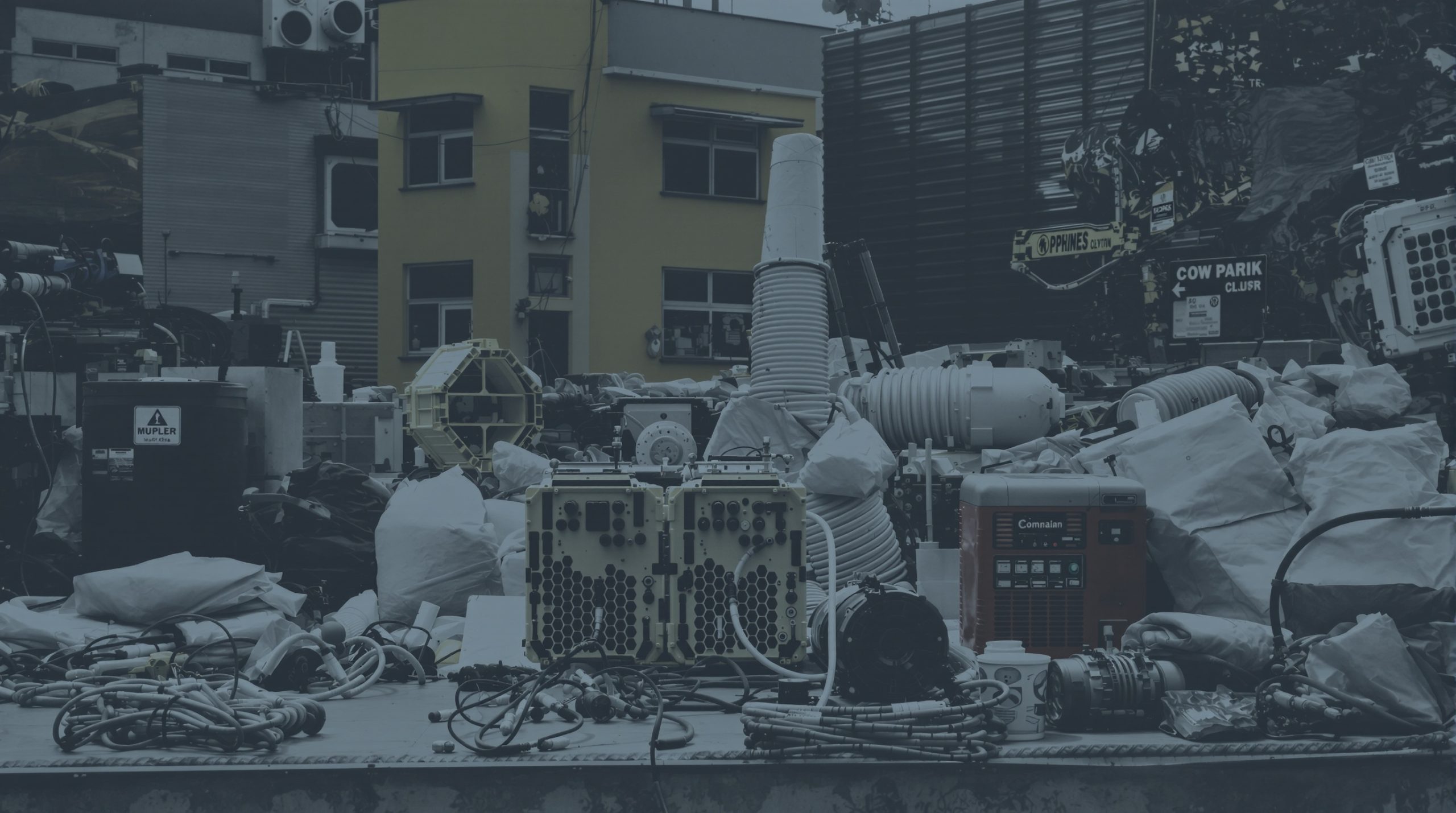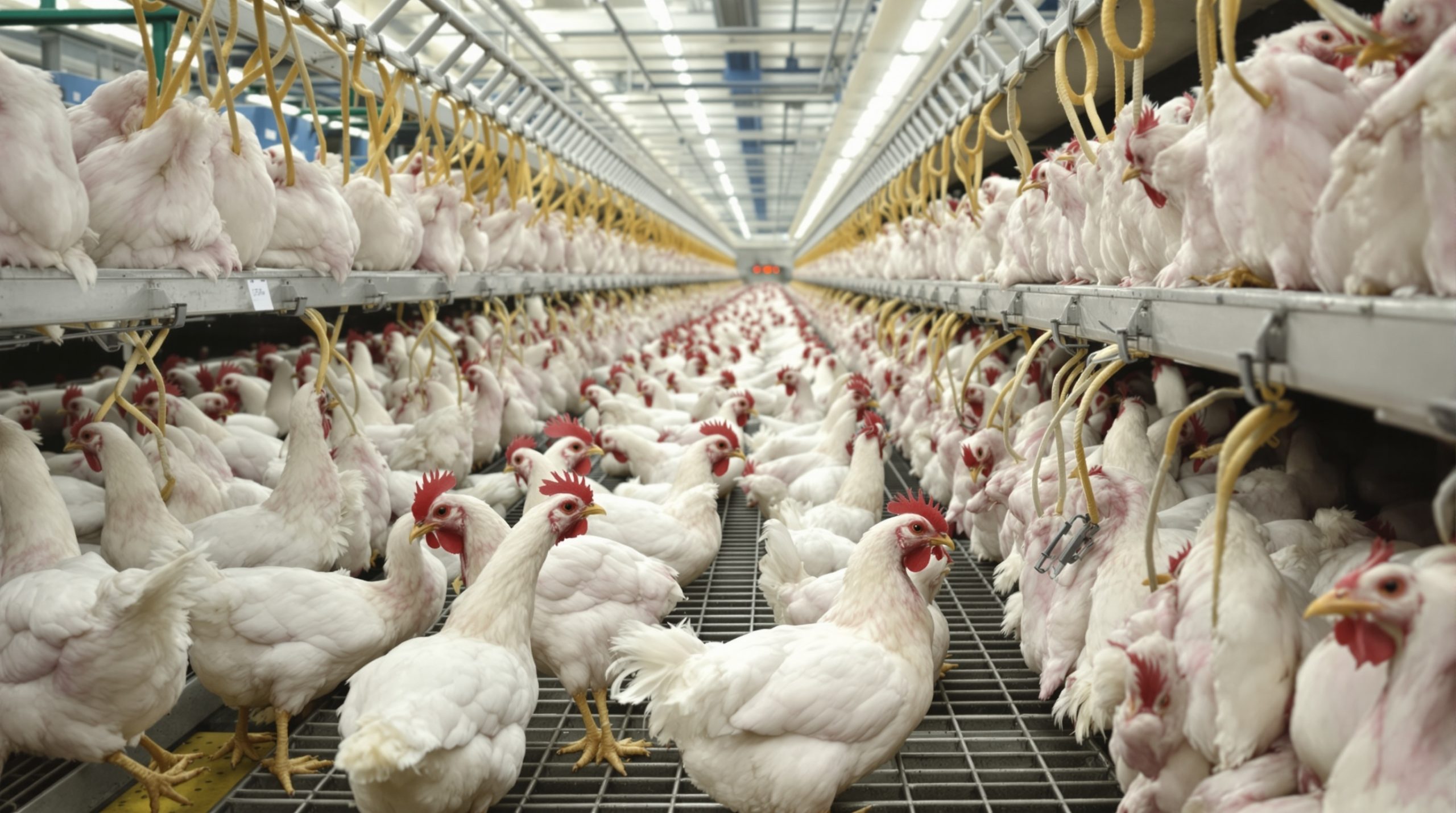In a world where technological advancement is often seen as the great equalizer, the stark reality of high equipment costs in developing markets creates a formidable barrier to economic growth and innovation. From medical devices that save lives to agricultural machinery that could revolutionize food production, the price tags attached to essential equipment often place them far beyond the reach of businesses, institutions, and entrepreneurs in emerging economies. This disparity not only hampers individual business growth but also widens the global economic divide, creating a cyclical challenge that requires innovative solutions and collaborative approaches to overcome.
Understanding the Economic Impact of Equipment Cost Barriers
The prohibitive cost of modern equipment represents more than just a financial challenge—it’s a systemic obstacle that affects every sector of developing economies. When local businesses cannot access the tools needed to compete globally, the ripple effects extend throughout the entire economic ecosystem.
In countries across Africa, Southeast Asia, and Latin America, entrepreneurs often find themselves at a competitive disadvantage due to their inability to purchase the same productivity-enhancing equipment used by their counterparts in more developed regions. This equipment gap directly translates to lower production capacities, reduced quality control capabilities, and ultimately, limited market access.
According to World Bank data, manufacturing firms in low-income countries face capital equipment costs that can represent up to 30-40% of their total investment needs—a significantly higher proportion than the 15-20% typically seen in high-income countries. This disparity creates an uneven playing field that perpetuates economic inequality at both national and international levels.
Sector-Specific Challenges in Equipment Acquisition
Healthcare Equipment Barriers
Perhaps nowhere is the impact of high equipment costs more evident—or more devastating—than in healthcare. Advanced diagnostic equipment like MRI machines, which cost between $1-3 million, remain inaccessible to many hospitals in developing regions. Even basic equipment such as ventilators, defibrillators, and patient monitoring systems often strain limited healthcare budgets.
The COVID-19 pandemic brutally exposed these disparities, with many developing nations unable to procure essential equipment like ventilators and oxygen concentrators when global demand surged. Beyond the immediate public health implications, these equipment gaps contribute to broader socioeconomic challenges, including medical tourism outflows, brain drain of healthcare professionals, and diminished productivity due to untreated conditions.
Agricultural Machinery Challenges
Agriculture, often the backbone of developing economies, faces similar equipment accessibility issues. Modern tractors, harvesters, irrigation systems, and food processing equipment remain out of reach for many small-scale farmers who comprise the majority of the agricultural sector in developing markets.
A single combine harvester can cost upwards of $300,000—an impossible sum for individual farmers in regions where annual per capita incomes might be under $2,000. This equipment gap directly impacts crop yields, post-harvest losses, and overall food security, creating vulnerabilities that affect entire populations.
Manufacturing Equipment Hurdles
In the manufacturing sector, the inability to access modern production equipment severely limits both output capacity and product quality. Automated manufacturing systems, precision tools, and quality control equipment represent significant investments that many small and medium enterprises (SMEs) in developing markets simply cannot afford.
This equipment deficit contributes to lower productivity rates, with manufacturing output per worker in low-income countries averaging just 2% of that in high-income economies, according to International Labour Organization data. The result is a perpetual cycle where businesses cannot generate sufficient capital to invest in better equipment, limiting their growth potential and competitiveness.
Root Causes Behind Excessive Equipment Costs
Understanding why equipment costs are disproportionately high in developing markets requires examining several interconnected factors:
- Import taxes and tariffs that can add 20-50% to equipment costs
- Limited local manufacturing capabilities, necessitating expensive imports
- Higher financing costs, with interest rates often 2-3 times those in developed markets
- Currency fluctuation risks that increase costs and complicate long-term investment planning
- Insufficient infrastructure that adds to transportation and installation expenses
- Limited market size that prevents economies of scale in equipment production and distribution
These factors combine to create a perfect storm where essential equipment costs significantly more than in developed markets, yet the economic resources to afford such equipment are substantially lower.
Financial Constraints and Limited Access to Capital
The challenge of high equipment costs is further compounded by the limited financing options available in developing markets. Traditional banking systems often lack appropriate financing products for equipment purchases, especially for SMEs that form the backbone of these economies.
When financing is available, interest rates typically range from 15-25%—compared to 2-5% in developed markets—making equipment loans prohibitively expensive. Additionally, lenders frequently require substantial collateral, often up to 150% of the loan value, which many businesses cannot provide.
Venture capital and private equity, which might fund equipment acquisition in developed markets, remain underdeveloped in many emerging economies, further restricting access to the capital needed for equipment investments.
The Secondary Market: Promise and Pitfalls
One common response to equipment affordability challenges is turning to used or refurbished equipment markets. While this approach can reduce initial investment costs by 40-70%, it comes with significant drawbacks:
Benefits of Secondary Equipment Markets
Used equipment offers an entry point for many businesses that could not otherwise afford to mechanize or modernize their operations. This can represent a crucial stepping stone toward increased productivity and competitiveness.
Challenges with Used Equipment
The secondary equipment market presents its own set of challenges, including:
- Reduced operational lifespan and reliability
- Limited or non-existent warranty protection
- Obsolete technology that may not meet current standards
- Higher maintenance costs and more frequent downtime
- Difficulties finding spare parts, especially in remote regions
- Potential environmental and safety concerns with older equipment
These limitations often result in hidden costs that can ultimately negate the savings from purchasing used equipment, creating a false economy that further strains limited resources.
Innovative Solutions to the Equipment Cost Challenge
Despite these formidable obstacles, innovative approaches are emerging to address the equipment accessibility challenges in developing markets:
Equipment Leasing and Pay-Per-Use Models
Leasing and pay-per-use models allow businesses to access equipment without the prohibitive upfront investment. Companies like Hello Tractor in Africa have created “Uber for tractors” platforms, enabling smallholder farmers to access mechanization services when needed. Similar models are emerging in healthcare, where diagnostic equipment can be leased or used on a fee-per-service basis.
Equipment Sharing and Cooperative Ownership
Cooperative ownership models allow multiple businesses to share the cost and usage of expensive equipment. Agricultural cooperatives have successfully implemented this approach for decades, and the model is now expanding to other sectors, including manufacturing and healthcare.
Local Manufacturing and Adaptation
Developing local capacity to manufacture, adapt, or reverse-engineer equipment can significantly reduce costs while creating employment and building technical expertise. Countries like India and Brazil have successfully developed local manufacturing capabilities for various equipment types, reducing dependence on expensive imports.
Targeted Financing Solutions
Specialized equipment financing programs, often supported by development finance institutions or impact investors, are addressing the financing gap. These programs typically offer longer repayment terms, lower interest rates, and more flexible collateral requirements than traditional banking products.
Policy Interventions and Ecosystem Support
Governments and international organizations can play crucial roles in addressing equipment cost barriers through:
- Reducing import duties and taxes on essential equipment
- Creating special economic zones with incentives for equipment manufacturers
- Developing technical education programs focused on equipment maintenance and operation
- Establishing equipment testing and certification facilities to ensure quality standards
- Implementing loan guarantee programs to reduce financing risks and costs
- Supporting research and development for appropriate technology solutions
These interventions can help create an enabling environment where businesses and institutions have improved access to the equipment they need to grow and compete.
The Role of Technology and Innovation in Overcoming Equipment Barriers
Technological innovation is creating new possibilities for addressing equipment challenges in developing markets:
Frugal Innovation and Appropriate Technology
The concept of “frugal innovation” focuses on developing equipment that meets local needs at significantly lower costs. Examples include portable ultrasound devices that cost a fraction of traditional machines while maintaining essential functionality, or solar-powered cold storage units designed specifically for off-grid rural communities.
Digital and Mobile Solutions
Digital platforms are reducing equipment costs by enabling more efficient usage. Mobile diagnostic apps that transform smartphones into basic medical screening tools, remote monitoring systems that maximize equipment utilization, and blockchain-based financing platforms that reduce transaction costs are all contributing to improved equipment accessibility.
3D Printing and Modular Design
Additive manufacturing (3D printing) offers the potential to produce equipment parts locally, reducing dependence on expensive imports and minimizing downtime. Meanwhile, modular equipment designs allow for incremental upgrades rather than complete replacements, spreading costs over longer periods.
Conclusion: Toward More Inclusive Equipment Access
The challenge of high equipment costs in developing markets requires a multifaceted approach that addresses financial, technological, and structural barriers simultaneously. By combining innovative business models, appropriate technology solutions, targeted policy interventions, and collaborative ecosystem development, these barriers can be overcome, enabling businesses and institutions in developing markets to access the tools they need to thrive.
As equipment becomes more accessible, the resulting productivity gains, quality improvements, and capacity enhancements can create positive feedback loops that accelerate economic development and reduce global inequality. The journey toward equipment accessibility is not just about machines and tools—it’s about creating the conditions for human potential to flourish in all corners of the world, regardless of economic starting points.



